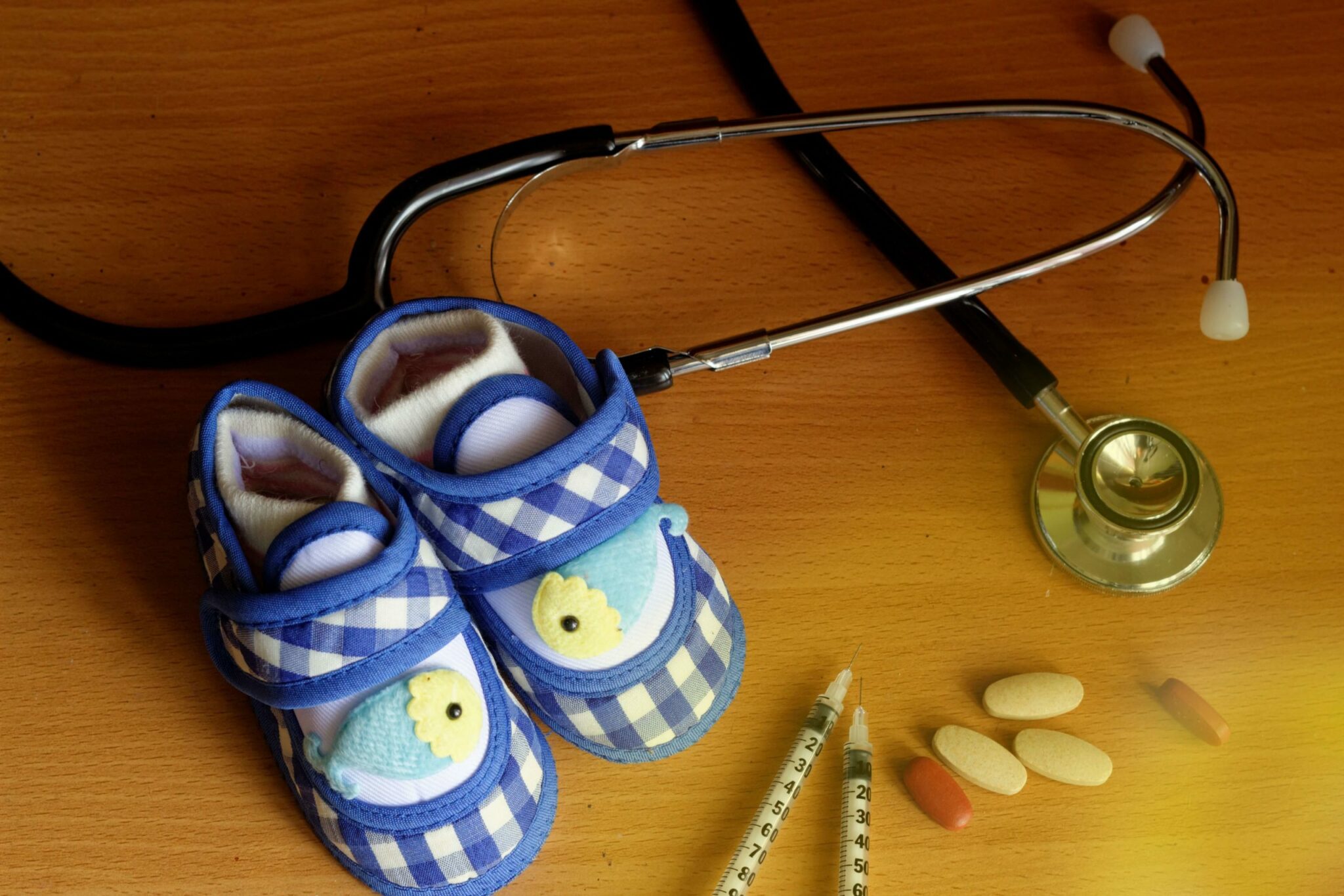Getting Started with Nabta Health; Your 101 Guide to Skin and Hair


Know your skin
Your skin is the biggest organ in your body. It makes up about 16% of your overall body mass and is about 2 mm thick.
It’s also a complex organ. It plays vital roles in protecting your internal organs and is a physical, airtight, watertight barrier between the outside world. And it literally holds everything in. Your skin synthesises vitamin D for strong bones and healthy organs. It sweats out waste products. And it regulates body temperature.
Our skin is divided into three layers:
Epidermis
The epidermis is the outer layer of skin and is half a millimetre thick. It is also our first line of defence against bacteria and infections. Made up of keratinocytes (skin cells) and Langerhans cells (immune system ‘guard dogs’), the epidermis stops moisture, pathogens, and chemicals from entering or leaving the body.
The bottom layer of the epidermis produces melanin which gives your skin its natural colour and protects us from UV (ultraviolet) rays.
Hair follicles, sweat glands and sebaceous (oil) glands extend between the dermis layer below and the skin’s surface. Sweat and sebum (oil) act as antibacterial and anti-inflammatory barriers on the skin.
The epidermis is constantly renewing and regenerating. This process slows down as you get older so keeping your skin clean and exfoliated avoids your complexion looking dull and lifeless.
Dermis
The dermis is a thicker layer of connective tissue behind the epidermis. It holds blood vessels, nerves and receptors for a sense of touch. The dermis contains two proteins: fibrous collagen, a structural protein responsible for skin’s fullness and strength; and ‘elastic’ elastin which gives skin resilience and flexibility.
Hair follicles, oil glands, and the start of pores, push hair, sweat, and oil from the dermis to the skin’s surface.
When we are young the dermis is full of elastin and collagen. As we age, those proteins break down faster than our cells can replace them, leading to dry skin and wrinkles.
Subcutaneous tissue
Also known as hypodermis or subcutis, the deepest layer of skin is mostly fat and connective tissue. Subcutaneous tissue protects muscles, bones, blood vessels and internal organs. And it insulates and regulates the body’s temperature.
Our subcutaneous tissue thins as we age. Skin looks less smooth and starts to sag, underlying veins show through.
How to take care of your skin
Simple, practical skincare tips (that cost nothing) to support your skin’s long-term health:
- Get enough sleep. It’s called beauty sleep for a reason.
- Don’t smoke. Or vape. It leaches the oxygen out of your face and triggers the destruction of collagen and elastin. And try to avoid being around cigarette smoke.
- Limit alcohol intake. And cut back on refined sugars. Sugar destroys collagen.
- Eat well. Gut health is linked to healthy skin function. Eat antioxidant rich fruit and vegetables, particularly foods high in vitamin C (kiwi fruit, oranges, strawberries), vitamin E (avocados, spinach), beta carotene (carrots, sweet potatoes).
- Drink lots of water. Hydration is important for your skin to perform at its best.
- Limit sun exposure. Wear a high SPF daily. Get a little vitamin D from the sun, not a lot.
- Do regular skin checks for skin cancer.
- Maintain a healthy body weight. Fluctuating weight can result in loose skin due to collagen and elastin loss.
- Have a skincare routine. Cleanse and moisturise your skin every morning and night. Use good quality skincare and always apply SPF.
How do hormones affect your skin?
Hormones are a major skin disruptor:
– Skin changes at puberty: Hormone surges, particularly increased androgen levels, stimulate sebaceous glands to produce more sebum. Excess sebum can lead to oily skin, enlarged pores, spots, blackheads and acne. Diets high in sugar, refined carbohydrates, foods with a high glycaemic index (GI) and milk, may worsen acne. Puberty is the ideal time to start a regular skincare routine, including light exfoliation.
– Menstrual cycle skin changes: Fluctuating hormones trigger different skincare needs during a woman’s menstrual cycle. Skin tends to be dry and dull with more visible fine lines at the start of the cycle when estrogen and progesterone levels are low. Towards the middle of the cycle rising estrogen and testosterone means a burst of moisture and collagen production, and a healthy glow. And after ovulation, the increase in progesterone leads to oilier skin. As you learn how your skin responds to each stage in your cycle you may wish to adapt your skincare and diet to manage the effect of hormonal fluctuations.
– Skin changes during pregnancy: The surge of hormones in pregnancy can make skin redder and puffier. Melasma, stretchmarks and breakouts are common. Wear a daily SPF. Try lighter, fragrance-free skincare products. Avoid stronger skincare products and vitamin A (retinol). And support body skin elasticity with moisturising oils.
– Skin changes in perimenopause and menopause: The decline in estrogen levels has a profound effect on a woman’s skin during perimenopause. Loss in hydration and decreased sebum production means an increase in fine lines, wrinkles, and itchy irritated skin. In postmenopausal women collagen declines rapidly, taking with it the skin’s volume and resilience, and skin becomes prone to deeper wrinkles and sagging. HRT rebalances hormone levels and with them some of the skin changes linked with perimenopause and menopause.
Skin conditions and disorders
As the body’s external protection system, your skin is at also risk for various problems and health issues:
- Bites: mosquitos, ticks, spiders
- Skin allergies: contact dermatitis and rashes from plants
- Skin cancers: melanoma, squamous cell carcinoma, and basal cell carcinoma
- Skin rashes: hives, shingles, and dry, itchy skin
- Skin disorders: acne, eczema (atopic dermatitis), psoriasis, rosacea, and vitiligo
- Skin lesions: freckles, moles, skin tags, age or liver spots
- Wounds: cuts, blisters, burns, sunburns, and scars
- Skin infections: fungal, bacterial, viral, parasitic
When to see a doctor or dermatologist
A dermatologist specialises in skin, hair, nails. See a medical dermatologist when your skin symptoms are persistent: stubborn acne; an ongoing skin disorder such as eczema, psoriasis or rosacea; itchy hives or rashes that won’t go away; an unusual skin lesion; and regular screenings for skin cancer.
Know your hair
Hair has a physical and social function. Throughout the ages hair has had cultural and religious significance. It is associated with social and professional status, beauty and self-expression in both women and men. Hair also has an essential physiological role in protecting our bodies from external factors.
What is hair made of?
Hair is made of keratin, a fibrous ‘building block’ protein that supports the health and structure of hair, skin, and fingernails.
A hair follicle is like a long cylinder plant pot holding the hair root and strand. Hair follicles live in the top two layers of skin (epidermis and dermis), and you are born with millions of hair follicles all over your body. They can’t be pulled out, but they can be damaged, leading to hair loss or reduced hair growth.
How does hair grow?
Hair growth occurs in cycles consisting of three phases:
- Anagen: This is the growth or active phase when most new hair is formed. It lasts 3-5 years on average, with hair growing at around six inches in a year, more in summer than winter. Each hair spends several years in this phase.
- Catagen: This is the second phase of growth, or transitional phase. Your hair separates from the blood supply and over a few weeks hair growth slows and the hair follicle shrinks.
- Telogen: During the inactive or resting phase hair growth stops and your hair follicle gradually sheds the old hair. This process can take several months.
The cycle begins again, with the growth phase and a new hair pushing up through the follicle.
Hair shedding is part of a natural balance. On average women shed 50 to 100 hairs every day. New hair replaces it at the same time. Your scalp hair can last on your head for up to six years. Shorter, lighter hairs (eyelashes, eyebrows, body hair) fall out each month.
What affects hair health?
Hair health is affected by:
- Harsh hairstyling, heat styling and chemicals
- Nutritional deficiency
- Rapid weight gain or loss
- Toxic substances: Including chemotherapy, radiation therapy and some medications and supplements
- Extreme physical or emotional stress
Which hair conditions cause hair loss?
Hair loss can be caused by medical conditions, hormonal fluctuations, and genetics:
- Thyroid conditions: Prolonged hypothyroidism and hyperthyroidism.
- Autoimmune conditions: Alopecia areata and systemic lupus erythematosus (SLE).
- Androgenic alopecia: Excess male hormones or PCOS (polycystic ovarian syndrome).
- Trichotillomania: The irresistible urge to pull out your own hair.
- Hormonal changes: Cause hair follicles to shrink and hair to thin. Common in the months following childbirth, during menopause.
- Infection: Fungal or bacterial infections can cause inflammation of the hair follicles, hair shaft or scalp. Examples include folliculitis and piedra (trichomycosis nodularis), and ringworm (tinea capitis).
- Inflammation: Dandruff (seborrheic dermatitis) is a scalp irritation causing itchy, scaly skin.
- Genes and hereditary hair loss: Female and male pattern baldness.
Habits for healthy hair
You can keep your hair follicles (and therefore your hair) healthy by taking care of your hair and skin:
- Eat well. Maintain a nutritionally balanced diet, eat foods rich in protein and vitamins C and E.
- Avoid restrictive or rapid weight loss diets.
- Avoid pulling on your hair, tight hairstyles and harsh chemicals.
- Reduce stress, sleep more.
- Hydrate! Drink lots of water.
- Wear a hat in the sun. UV rays affect your scalp too.
- Check the ingredients in your shampoo and conditioner. Aim for natural ingredients, if possible.
When to see a dermatologist or trichologist
Speak to your healthcare provider if you’re concerned about hair loss or thinning. They’ll ask about your medical history and may examine you for any underlying health conditions. Your doctor may also refer you to a dermatologist or trichologist, hair and scalp specialists who can recommend you on potential solutions and treatment options.
Getting started with Nabta Health
Nabta Health understands the importance of having access to the right hair and skincare advice and products.
Our clinical experts have carefully selected hair and skin resources and information to support you, whatever your hair and skincare goals are. Whether you are going through puberty, nursing your newborn, managing PCOS, undergoing treatment for cancer, in search of a perimenopause skin ‘pick-me-up’, or looking for a conscious skincare serum, Nabta’s marketplace is your hair and skin go-to.
Sources













































